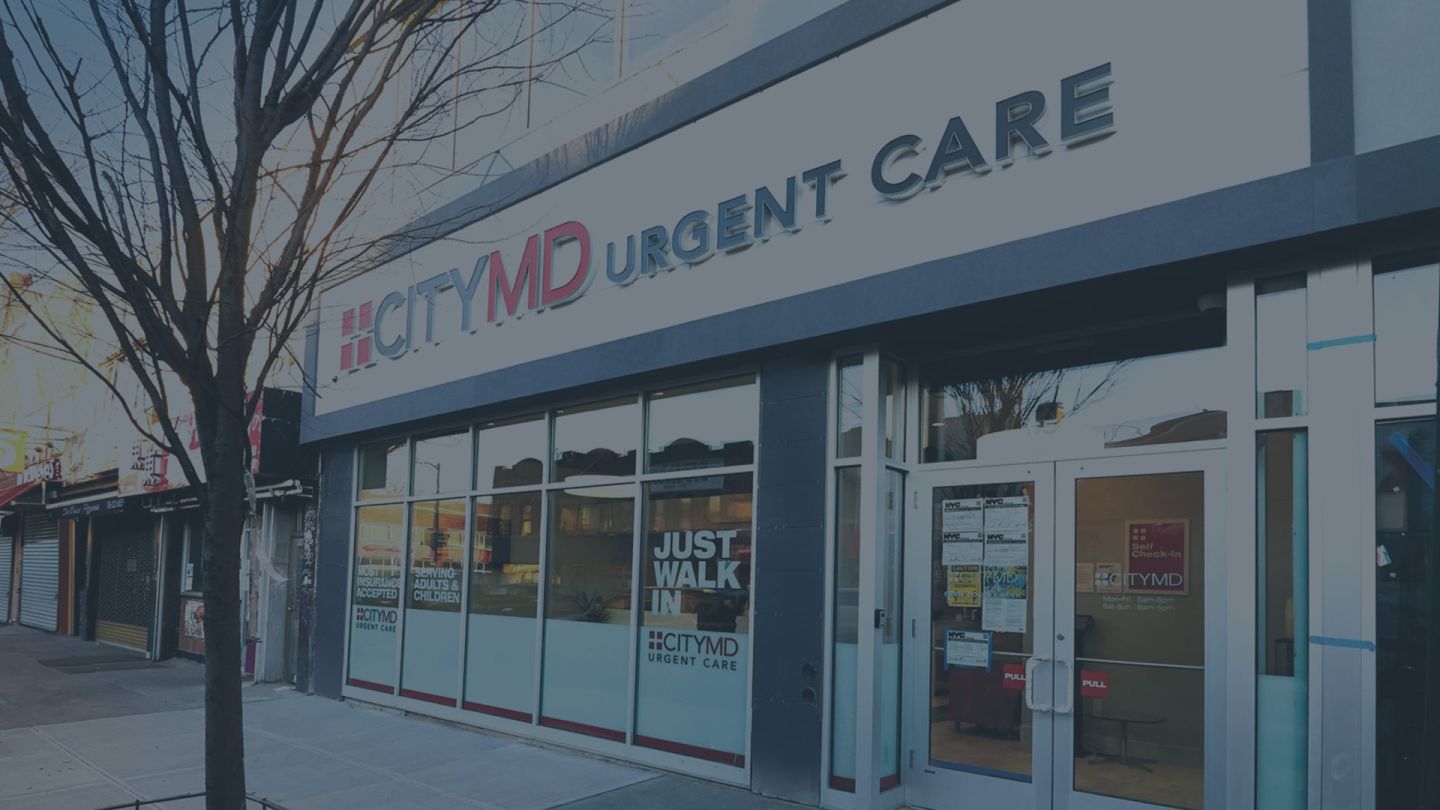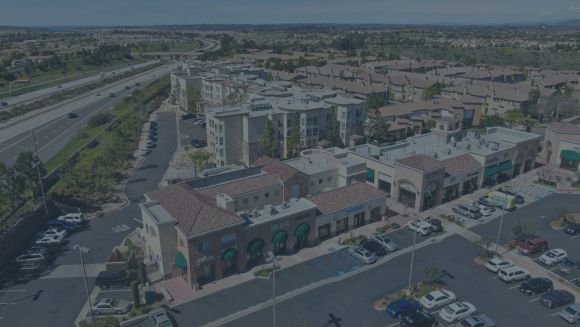Health and wellness is an increasingly important component of healthcare today. Providers are no longer focused exclusively on treating sick patients but preventing illness and chronic conditions too.
This increased emphasis on prevention and wellness has given rise to a wide range of tenants that find retail environments particularly attractive. These “medtail” tenants account for a large portion of leasing activity in the retail sector today.
Today, about 20 percent of leased medical space is in retail buildings, up from about 16 percent in 2010, according to CoStar Group. Moreover, nearly seven in 10 adults in the U.S. were visiting a health care provider in a shopping center, enclosed mall, or strip center in 2020, according to ICSC.
Retail property owners can benefit by adding health and wellness tenants to their merchandise mix. These medtail tenants can transform shopping centers, regional malls, and ground-floor storefronts in mixed-use buildings.
Target essential businesses that stay open during times of crisis (like pandemics)
Recessions are always hard on retailers. Consumers typically have less discretionary income and are focused on necessities like food and medicine rather than luxuries like apparel and entertainment.
The pandemic created a different kind of recession for retail and restaurant tenants. Lockdowns forced many non-essential businesses like fitness studios and restaurants to cease operations for several months. Many owners and landlords were bombarded with requests for rent abatements or saw many of their tenants close permanently.
When leasing space today, retail property owners and landlords are not only thinking about the financial strength of a tenant and its ability to attract consumers, but these real estate professionals are also thinking about how to protect their centers (and their cash flow) from the next crisis, whatever it may be. They’re seeking out recession-resistant, essential business tenants.
Medtail tenants, from urgent care clinics to chiropractic practices, are the quintessential essential business. Unlike other types of retail tenants, they continue to operate, even in times of crisis.
Choose tenants that are Internet-proof
One of the biggest concerns for retail property owners today is finding tenants that will be able to withstand ecommerce, as well as economic downturns.
Health and wellness concepts, including traditional medical uses as well as physical therapy, therapeutic massage, and cryotherapy, are the definition of “internet proof” – it’s impossible to receive physical therapy or get a massage online (obviously).
While virtual care via telehealth is replacing some in-person visits, it’s actually leading to subsequent in-person care interactions that might not have occurred otherwise., according to JLL Healthcare’s newest patient consumer survey. More than 62 percent of care visits were exclusively in person with no virtual care component, and of the respondents who noted having virtual care components, about 31 percent resulted in a physical office visit.
These survey results suggest telehealth augments the physical office rather than replaces it. And similar to trajectory of retail and ecommerce, health and wellness operators are realizing that their patients prefer to have an omnichannel strategy where they can have both telemedicine and brick-and-mortar locations.
Differentiate your center with health and wellness tenants that encourage loyalty
While it might have been commonplace thirty years ago for consumers to have relationships with the people who bagged their groceries or served their food, it’s rare today. By and large, consumers are loyal to brands. They have a favorite grocer or a favorite apparel retailer, and it’s the convenience of a particular location that makes the difference rather than the employees.
That’s not the case with most medtail tenants. They attract patients/consumers because of the providers. For example, people are loyal to a particular dentist or a particular massage therapist rather than a national or regional brand. That loyalty compels patients/consumers to make the trip to a specific center.
Indeed, medtail tenants provide a level of differentiation that cannot be achieved with traditional retail or restaurants. That’s why most retail real estate owners and developers consider medtail just as attractive, if not more so, than traditional retail tenants – when patients/consumers can’t find what they need and want anywhere else, that retail property has competing centers in a chokehold.
Fill vacant space formerly occupied by defunct retailers and restaurants
Most retail property owners have at least one space that experiences a lot of tenant turnover, or churn. It’s particularly common in neighborhood centers and mixed-use developments – that one space that seems to be cursed because every restaurant or retailer that occupies that space goes belly up.
After multiple tenant failures in the same spot, potential tenants and consumers notice and either consciously or unconsciously assign a negative association to that space.
Switching up uses and bringing a medtail tenant to a space previously occupied by traditional retailers or restaurants can mitigate any perceived bad “mojo.” A completely different type of tenant can bring freshness to a stale space, and in the best case scenario, it can attract new consumers to a center and increase foot traffic.
Increase net operating income with tenants who value visibility and foot traffic
Previously, when health and wellness providers ventured into medtail, they had a bit of sticker shock because retail space generally costs more than traditional medical office space. More often than not, a rental rate disconnect existed between retail property owners and health and wellness tenants. However, more and more organizations are realizing the value of operating in a retail environment and are willing to for it.
Today’s health and wellness tenants are particularly interested in high-visibility, high-traffic space within retail settings. New-to-market health providers looking to acquire patients are especially interested in spaces that provide greater visibility.
With such extreme competition for outparcels and endcap spaces, owners are asking for and receiving higher rental rates. Medtail tenants are paying very competitive rates to land these highly desirable locations, allowing owners to maximize their net operating income from organizations that have stronger balance sheets and possibly stronger credit profiles.
Improve stability with occupiers that have ties to the community
Medtail tenants tend to drop anchor in a community. More often than not, they choose a space and stay there.
They sign long-term leases because of the significant funds required to build out their spaces. It’s not uncommon for medtail tenants, particularly traditional medical uses, to sign leases longer than 15 years.
Moreover, health and wellness operators need time to establish their presence within a community and build a large base of loyal patients. These relationships aren’t created overnight – it’s a long process that includes multiple steps, the first one being awareness, which typically emerges from visibility.
Because of the cost involved with relocation and the confusion it causes for their patients/consumers, health and wellness tenants are reluctant to relocate and tend to renew when their leases come up for renewal.
These long-term leases and commitment to the community provides stability of tenancy for retail properties.
Support your tenants by diversifying your merchandise (tenant) mix
Many retail property owners and managers still rely on their tenants to dictate a center’s merchandise mix. Because so many retailers have co-tenancy clauses in their leases, sometimes it’s just easier to let the legal documents drive the decisions. Unfortunately, that’s probably not in the best interest of all the tenants in a center – only a select few.
Innovative owners and managers are taking a more proactive approach to their merchandise mix and thinking about tenant synergies that can be achieved with medtail tenants. Many medtail tenants choose to be in a retail setting because of the foot traffic, visibility, and “cross shopping.”
For example, a pediatrician located in an open-air shopping center can benefit from the foot traffic and cross shopping provided by a children’s apparel retailer. Likewise, the same consumers who work out at the boutique fitness studio are also the same people who would seek out an orthopedic specialist.
Owners and landlords that take a more creative approach to leasing and make an effort to diversity their merchandise mix are supporting all tenants in their portfolio.


